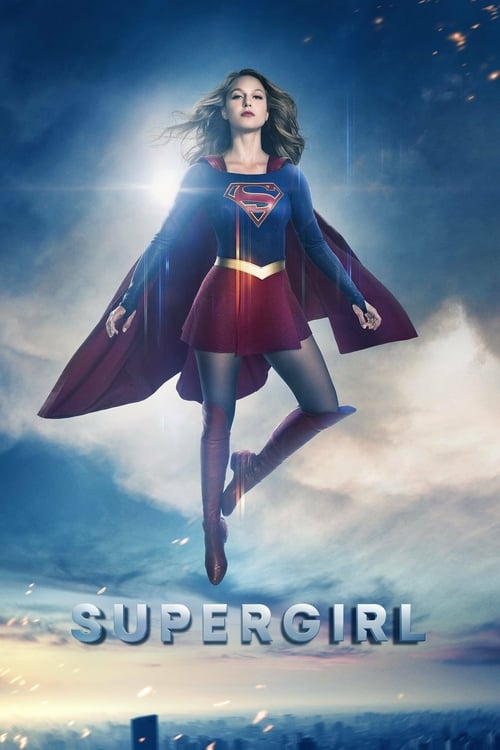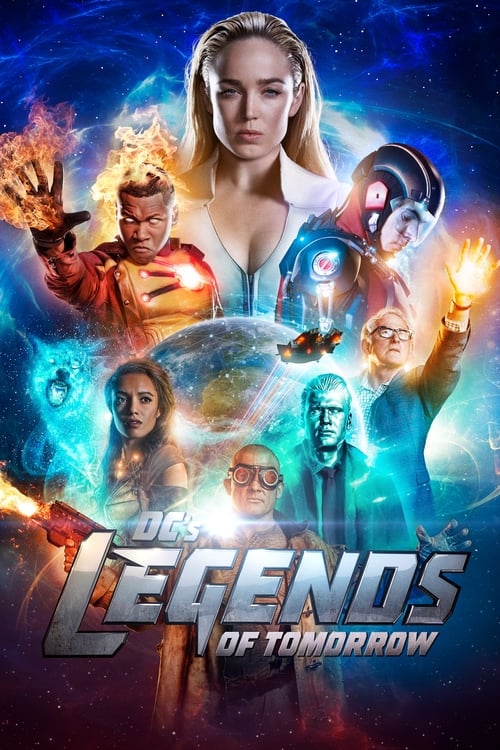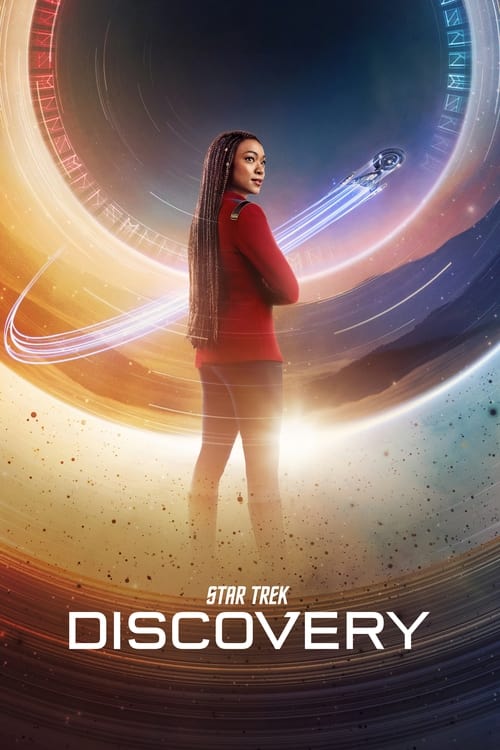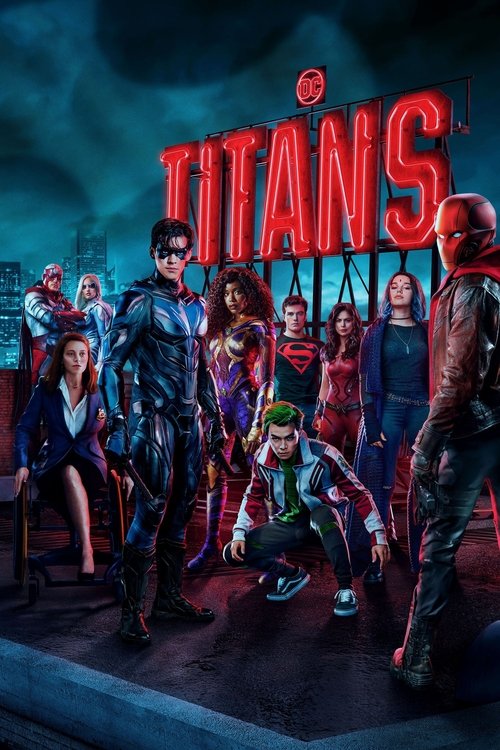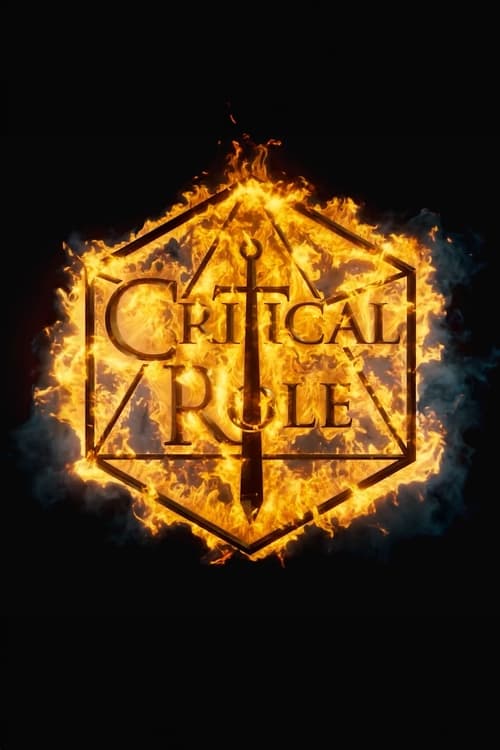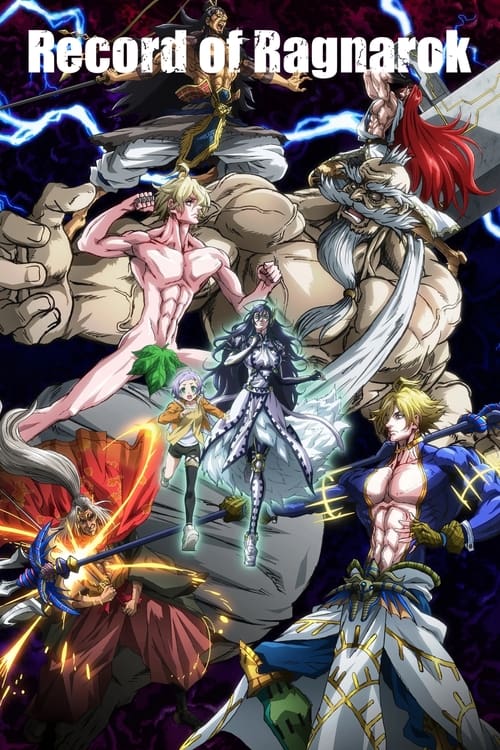
Ask Your Own Question
What is the plot?
The episode begins with a vibrant, high-energy introduction featuring A-Train, the speedster superhero from The Seven. The scene is set in a flashy, colorful environment that resembles a music video stage, complete with bright lights and dynamic camera angles. A-Train is seen in a sleek, form-fitting costume that emphasizes his muscular physique, exuding confidence and charisma as he prepares to perform.
As the music kicks in, A-Train bursts into action, running at incredible speeds through various urban landscapes. The visuals are fast-paced, showcasing his superhuman abilities as he zips past buildings, cars, and pedestrians. The camera captures the exhilaration of his speed, with slow-motion shots highlighting the wind rushing past him and the expressions of awe on the faces of onlookers. A-Train's internal motivation is clear; he thrives on the attention and admiration of the public, reveling in his status as a celebrity.
The lyrics of the song reflect A-Train's journey and his desire to be the fastest, emphasizing themes of ambition and competition. As he runs, he encounters other characters from the series, including fellow superheroes and fans, who cheer him on. The interactions are filled with excitement, and A-Train's ego is visibly inflated as he basks in the glory of his fame.
Midway through the video, the tone shifts slightly as A-Train reflects on the pressures of being a superhero. There are brief glimpses of his struggles, including the toll that his speed takes on his body and the expectations placed upon him by Vought International and the public. These moments are interspersed with scenes of him training rigorously, pushing his limits to maintain his status as the fastest hero.
The music video continues with A-Train showcasing his powers in various stunts, such as running up walls and performing flips in mid-air. Each stunt is more daring than the last, and the choreography is synchronized perfectly with the beat of the music. The visuals are designed to captivate the audience, with vibrant colors and dynamic editing that enhance the thrill of his speed.
As the video progresses, A-Train's confidence begins to waver. There are subtle hints of his insecurities, particularly when he sees footage of other heroes and their accomplishments. This moment of vulnerability is juxtaposed with the high-energy performance, creating a contrast between his public persona and private doubts.
Towards the climax of the music video, A-Train faces a symbolic challenge that represents his competition. He races against a digital representation of his past self, embodying his fears of being surpassed. The race is intense, with rapid cuts between A-Train's determined expression and the digital version of himself gaining ground. This sequence is filled with tension, showcasing A-Train's desperation to prove himself as the fastest.
In the final moments of the video, A-Train crosses an imaginary finish line, celebrating his victory with a triumphant pose. The crowd erupts in cheers, and he basks in the adoration once more. However, as the music fades, there is a lingering sense of uncertainty in A-Train's eyes, hinting at the ongoing struggles he faces beneath the surface of his glamorous life.
The episode concludes with a final shot of A-Train standing alone, reflecting on his journey. The vibrant colors of the music video fade into a more muted palette, symbolizing the contrast between his public image and the reality of his internal conflicts. The screen fades to black, leaving the audience with a sense of both triumph and unease regarding A-Train's future.
What is the ending?
In the ending of "A-Train - Faster (Official Music Video)," A-Train performs a high-energy rap that showcases his speed and bravado. The video culminates in a series of fast-paced visuals that highlight A-Train's life as a superhero and celebrity, emphasizing his desire for fame and recognition. The video concludes with A-Train standing triumphantly, embodying the persona of a fast and powerful hero, while the underlying themes of his struggles and the consequences of his actions linger in the background.
As the music video begins, A-Train is introduced in a vibrant, dynamic setting that reflects his persona as the fastest man alive. The scene opens with a close-up of A-Train, his expression a mix of confidence and determination. He stands in front of a cheering crowd, the energy palpable as the beat drops. The camera cuts to various angles, showcasing his speed as he dashes through the streets, leaving a trail of excitement in his wake.
The visuals shift rapidly, interspersing shots of A-Train running at breakneck speeds with scenes of him in the limelight, surrounded by adoring fans and flashing cameras. His lyrics boast about his abilities, emphasizing his need to be the best and the fastest. The vibrant colors and fast cuts create a sense of urgency, mirroring A-Train's internal drive for recognition and validation.
As the video progresses, the tone shifts slightly, revealing glimpses of A-Train's struggles. There are brief flashes of moments where he appears isolated, hinting at the pressures of fame and the toll it takes on him. These scenes are juxtaposed with his high-energy performance, creating a contrast between his public persona and private turmoil.
The climax of the video features A-Train in a dramatic scene where he races against time, symbolizing his constant battle to maintain his status. The visuals become increasingly frenetic, with quick cuts of him pushing himself to the limit, sweat glistening on his brow, and determination etched on his face. The crowd's cheers grow louder, but there is an underlying tension that suggests the cost of his relentless pursuit of speed and fame.
In the final moments, A-Train stands victorious, arms raised in triumph as fireworks explode around him. The camera captures his exhilaration, but there is a fleeting moment where his expression shifts, revealing a hint of vulnerability. The video ends with A-Train basking in the glory of his achievements, yet the lingering questions about the sacrifices he has made and the consequences of his choices remain unaddressed.
Throughout the video, A-Train's fate is intertwined with his ambition. He is celebrated as a hero, yet the underlying themes of isolation and the pressures of fame suggest that his journey is far from simple. The ending encapsulates the duality of his character--an icon of speed and power, yet a man grappling with the weight of his own aspirations.
Is there a post-credit scene?
In "A-Train - Faster (Official Music Video)," there is no post-credit scene. The episode is primarily focused on showcasing A-Train's character through a vibrant and energetic music video format. It features A-Train performing his song, highlighting his speed and charisma, while also delving into his internal struggles and the pressures of being a superhero in the public eye. The episode concludes with the music video itself, leaving no additional scenes or content after the credits.
What are the main themes presented in A-Train's music video?
The music video for A-Train's song 'Faster' showcases themes of speed, fame, and the pressures of being a superhero. It visually emphasizes A-Train's desire to maintain his status as the fastest hero, juxtaposed with the darker aspects of his life, including the toll that fame takes on his personal relationships.
How does A-Train's character evolve in this music video?
In 'Faster,' A-Train is portrayed as both confident and vulnerable. While he exudes bravado and showcases his speed, the video also hints at his insecurities and the consequences of his actions, particularly regarding his rivalry with other heroes and the impact of his past mistakes.
What role do the other characters play in A-Train's music video?
The music video features cameos from other characters, including members of The Seven, who serve to highlight A-Train's competitive nature. Their presence underscores the tension and rivalry within the superhero community, as well as A-Train's need to prove himself among them.
What visual elements are used to represent A-Train's speed in the music video?
The music video employs fast-paced editing, dynamic camera angles, and visual effects that create a sense of motion and speed. Scenes of A-Train running are intercut with vibrant colors and rapid transitions, enhancing the exhilarating feeling of his super-speed.
How does the music video reflect A-Train's internal struggles?
Throughout the video, A-Train's confident exterior is contrasted with moments of introspection, where he grapples with his identity and the consequences of his actions. This duality is visually represented through scenes that alternate between his triumphant runs and moments of solitude, suggesting a deeper emotional conflict beneath his flashy persona.
Is this family friendly?
The episode "A-Train - Faster (Official Music Video)" from The Boys, season 0, titled "Specials," is not family-friendly and contains several potentially objectionable or upsetting aspects.
-
Violence and Gore: The visuals may include depictions of violence, which is a recurring theme in The Boys, and could be unsettling for younger viewers.
-
Strong Language: The music and lyrics may contain explicit language that is inappropriate for children.
-
Mature Themes: The content explores themes of fame, competition, and the darker side of superhero culture, which may be complex and distressing for sensitive viewers.
-
Drug Use: There may be references to substance use, which could be concerning for younger audiences.
-
Sexual Content: The episode may include suggestive imagery or themes that are not suitable for children.
Overall, the episode is designed for an adult audience and contains elements that could be upsetting or inappropriate for children or sensitive individuals.



















